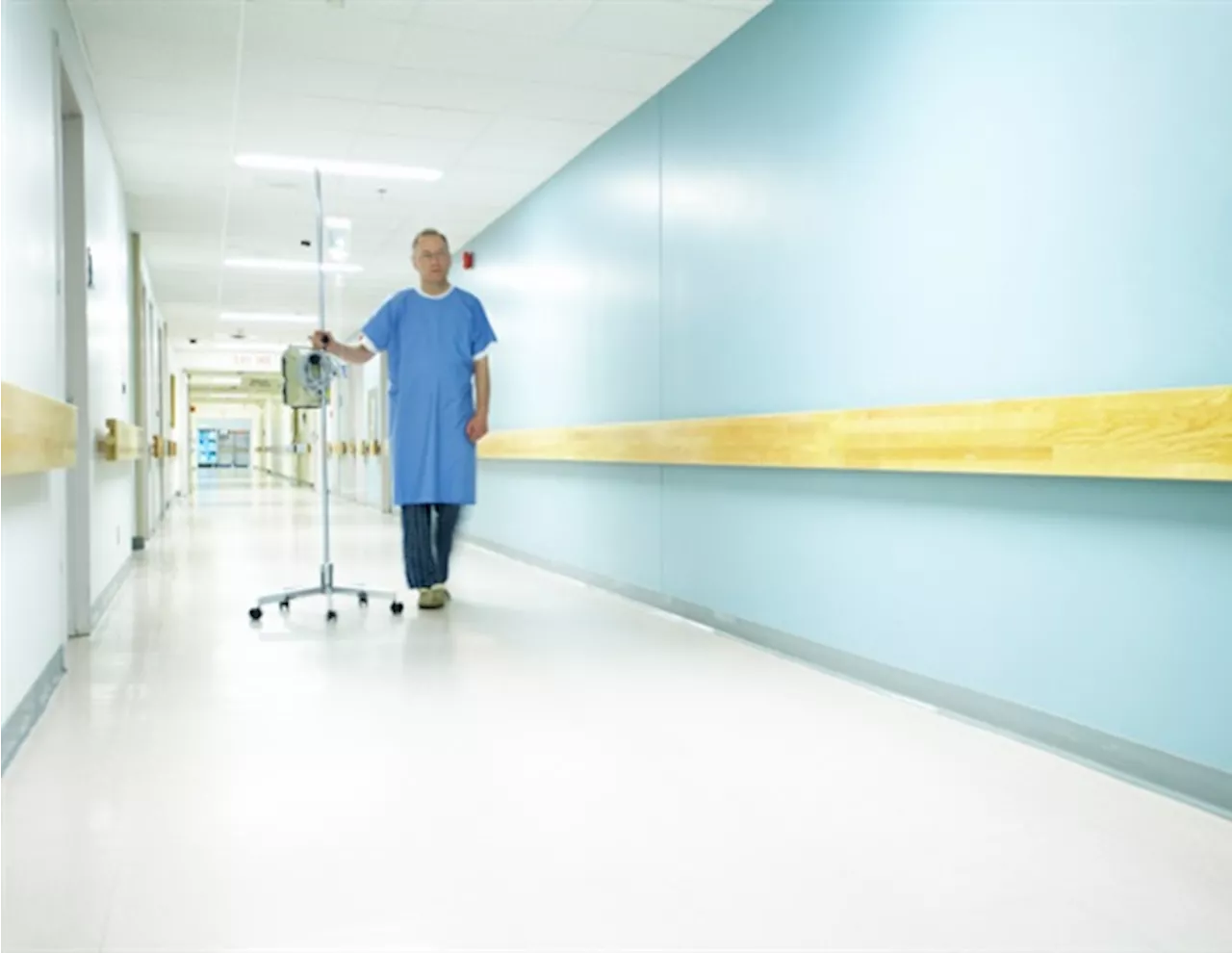In first-time mothers requiring vacuum-assisted delivery, a lateral episiotomy (angled cut) in the tissue between the vaginal and anal opening more than halves the risk of obstetric anal sphincter injury, a severe form of perineal trauma between the vulva and anus.
Karolinska InstitutetJun 18 2024 In first-time mothers requiring vacuum-assisted delivery, a lateral episiotomy in the tissue between the vaginal and anal opening more than halves the risk of obstetric anal sphincter injury, a severe form of perineal trauma between the vulva and anus. This according to a randomized clinical study led by researchers at Karolinska Institutet and Stockholm's Danderyd Hospital , the results of which are published in The BMJ.
"Women giving birth for the first time and requiring instrumental birth are at the highest risk of sustaining OASI," says Sophia Brismar Wendel, associate professor in obstetrics and gynecology at the Department of Clinical Sciences, Danderyd Hospital, Karolinska Institutet and senior consultant at the Department of Women's Health, Danderyd Hospital.
The lateral episiotomy reduced the risk of OASI by an average of 53 per cent. Among the women assigned to the procedure, 6.1 per cent sustained an OASI, compared to 13.1 per cent in the comparison group. Moreover, the procedure did not increase the risk of severe blood loss, negative birth experience, prolonged hospitalization or additional complications. However, the risk of wound complications such as wound infection and wound dehiscence was increased in the episiotomy group.
The trial is also gathering data on the women's self-reported symptoms at one and five years after childbirth. The results from the one-year follow-up will soon be analyzed, which might give some answers about any differences in symptoms, such as anal incontinence and sexual function.
Hospital Incontinence Research Trauma Vaginal Vulva Wound
United Kingdom Latest News, United Kingdom Headlines
Similar News:You can also read news stories similar to this one that we have collected from other news sources.
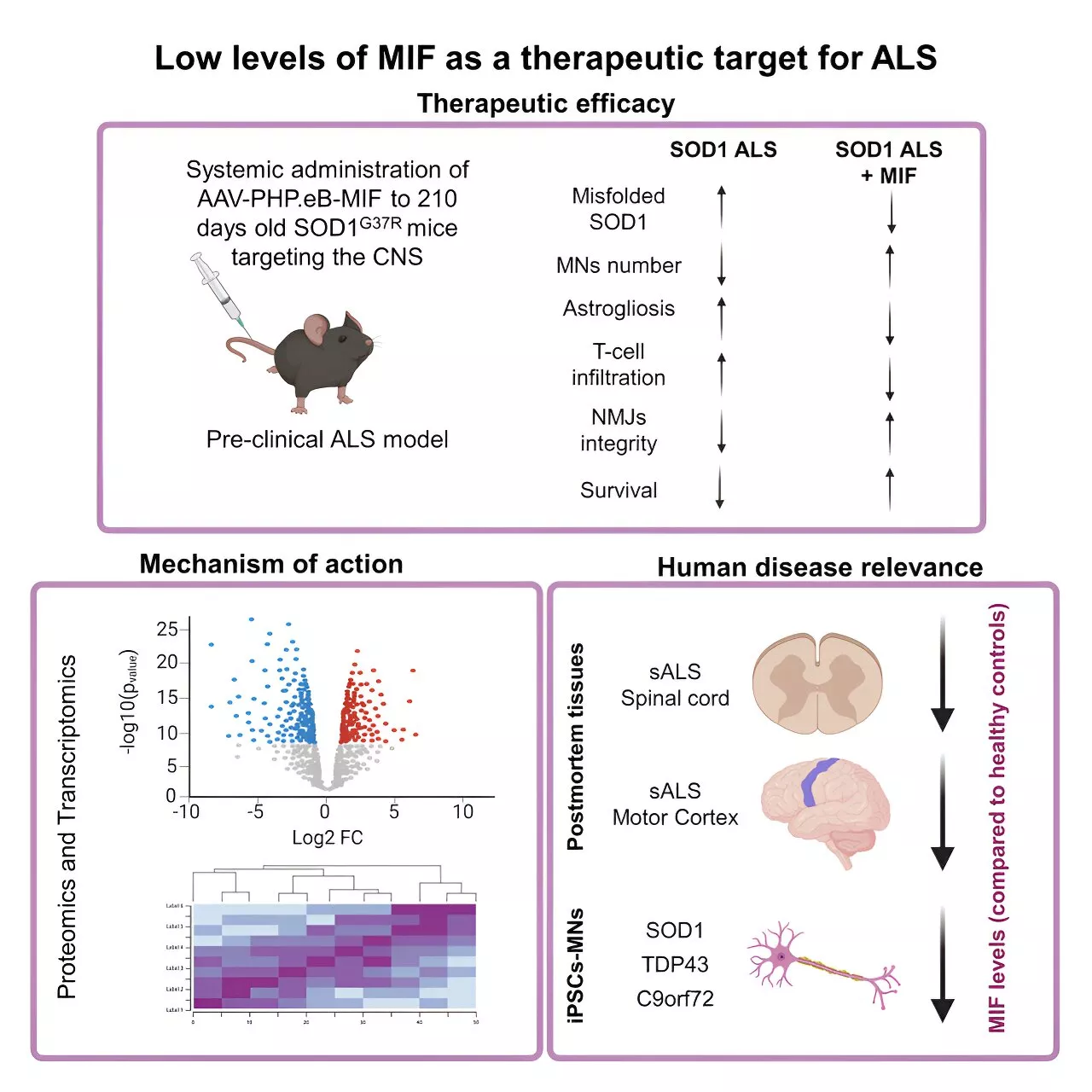 Researchers discover therapeutic potential of increasing MIF protein levels to treat amyotrophic lateral sclerosisA recent collaborative research endeavor, published in Cell Reports Medicine, highlights a promising therapeutic avenue for amyotrophic lateral sclerosis (ALS). Led by researchers from Ben-Gurion University of the Negev in conjunction with counterparts from Germany, the U.S.
Researchers discover therapeutic potential of increasing MIF protein levels to treat amyotrophic lateral sclerosisA recent collaborative research endeavor, published in Cell Reports Medicine, highlights a promising therapeutic avenue for amyotrophic lateral sclerosis (ALS). Led by researchers from Ben-Gurion University of the Negev in conjunction with counterparts from Germany, the U.S.
Read more »
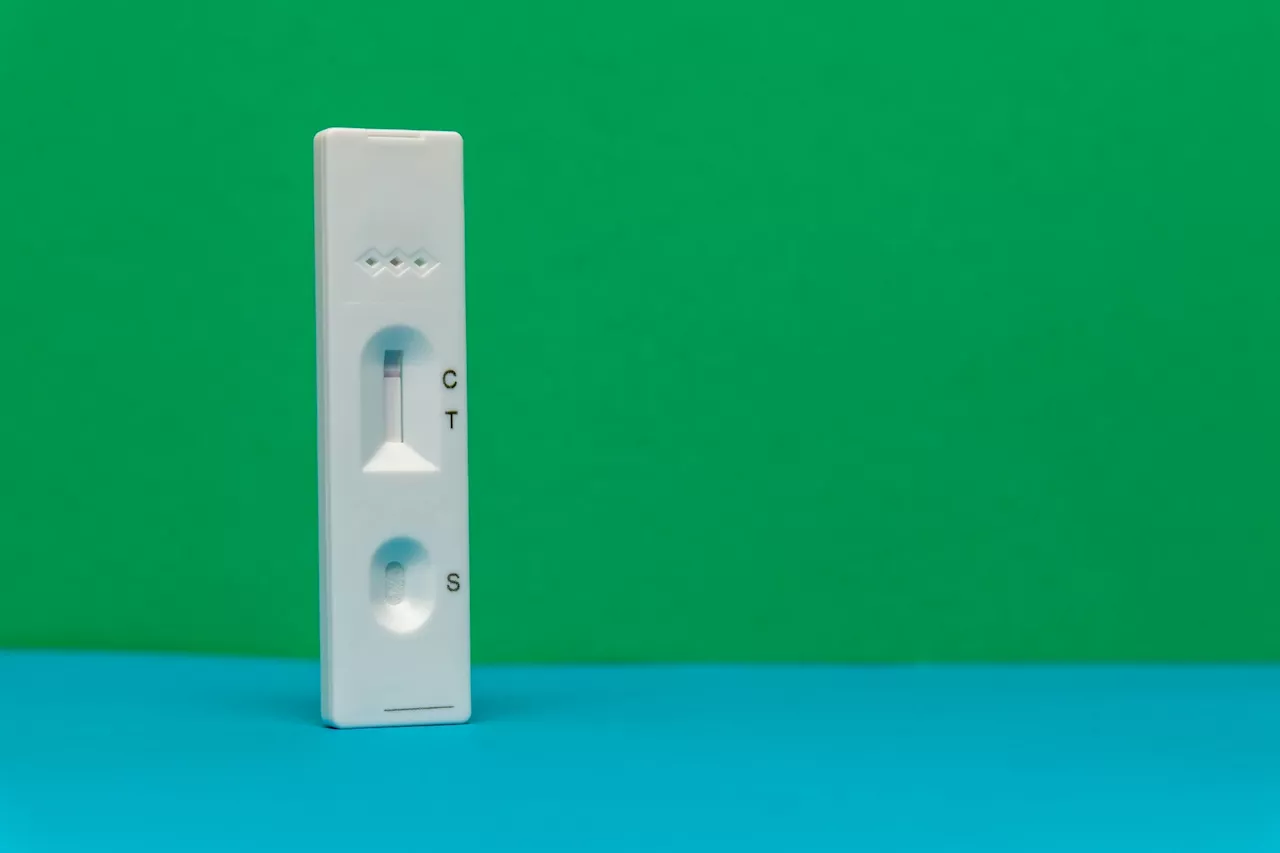 At-home antibody tests could drive higher COVID-19 booster rates, new research findsThe feasibility and benefits of lateral flow assay (LFA)-based antibody tests for detecting inadequate COVID-19 immunity.
At-home antibody tests could drive higher COVID-19 booster rates, new research findsThe feasibility and benefits of lateral flow assay (LFA)-based antibody tests for detecting inadequate COVID-19 immunity.
Read more »
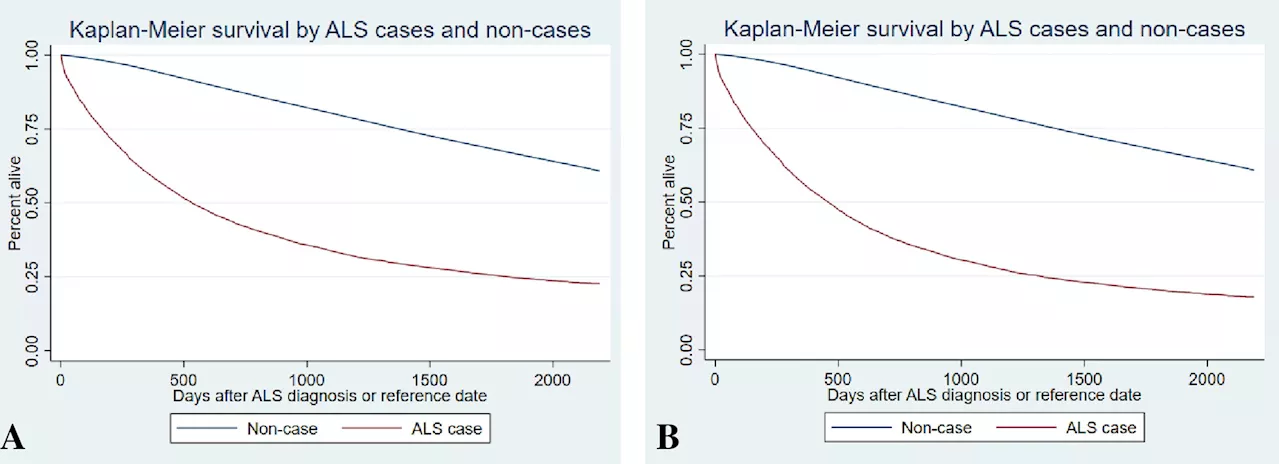 Study finds ALS patients treated by neurologists received better careAmyotrophic lateral sclerosis (ALS) patients received better care if they were treated by a neurologist, a new study published in PLOS One has found.
Study finds ALS patients treated by neurologists received better careAmyotrophic lateral sclerosis (ALS) patients received better care if they were treated by a neurologist, a new study published in PLOS One has found.
Read more »
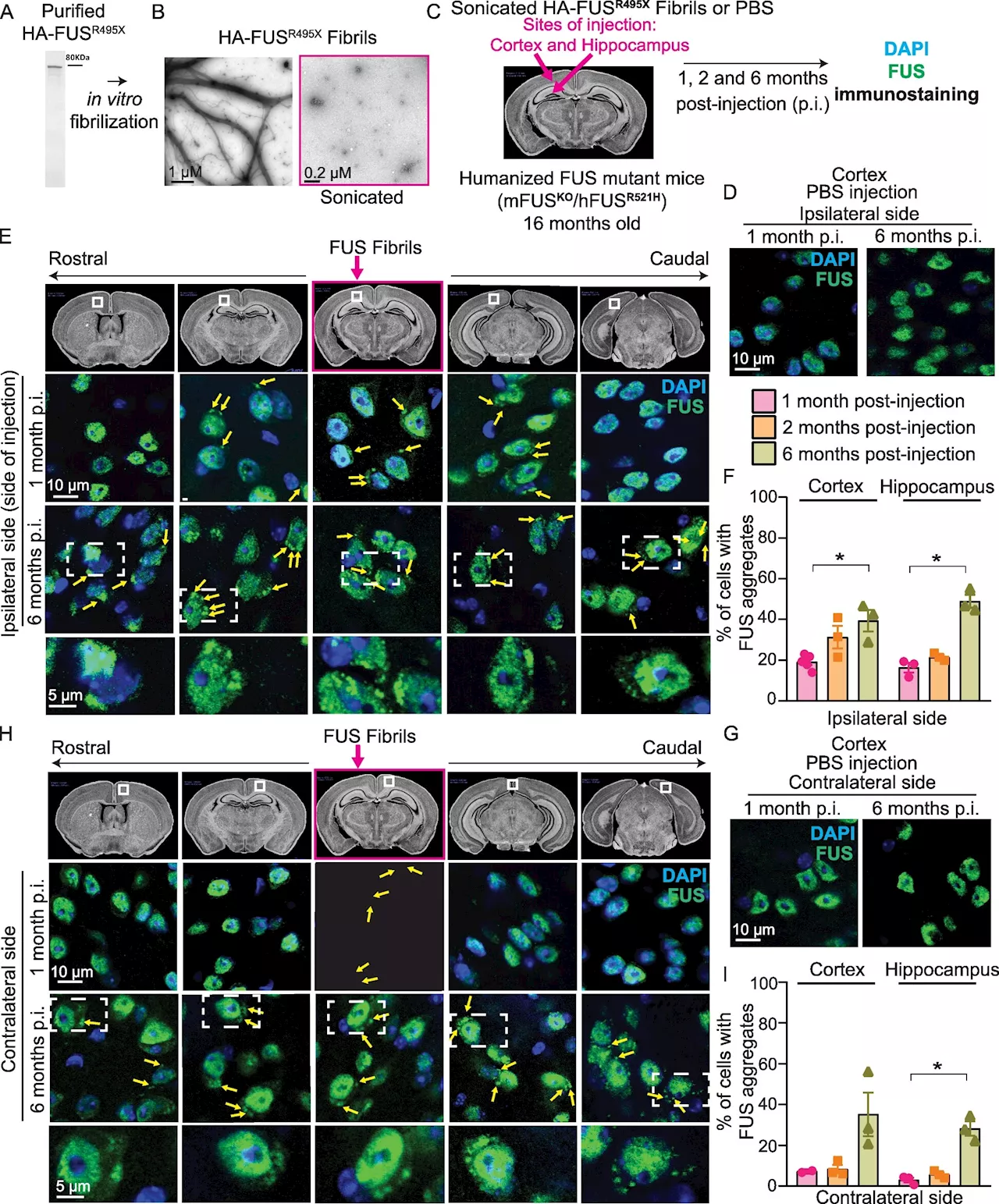 Study reveals FUS protein's role in two neurodegenerative diseasesFrontotemporal dementia (FTD) and amyotrophic lateral sclerosis (ALS) are two devastating neurodegenerative diseases. Scientists have long suspected a protein called FUS might play a role, but the exact mechanism remained a mystery.
Study reveals FUS protein's role in two neurodegenerative diseasesFrontotemporal dementia (FTD) and amyotrophic lateral sclerosis (ALS) are two devastating neurodegenerative diseases. Scientists have long suspected a protein called FUS might play a role, but the exact mechanism remained a mystery.
Read more »
 Blood markers detect rare forms of dementia as well as the neurological diseases ALS and PSPIn a study of 991 adults, scientists at DZNE have shown that the most common forms of frontotemporal dementia (FTD) as well as the neurological diseases amyotrophic lateral sclerosis (ALS) and progressive supranuclear palsy (PSP) can be recognized by blood testing.
Blood markers detect rare forms of dementia as well as the neurological diseases ALS and PSPIn a study of 991 adults, scientists at DZNE have shown that the most common forms of frontotemporal dementia (FTD) as well as the neurological diseases amyotrophic lateral sclerosis (ALS) and progressive supranuclear palsy (PSP) can be recognized by blood testing.
Read more »
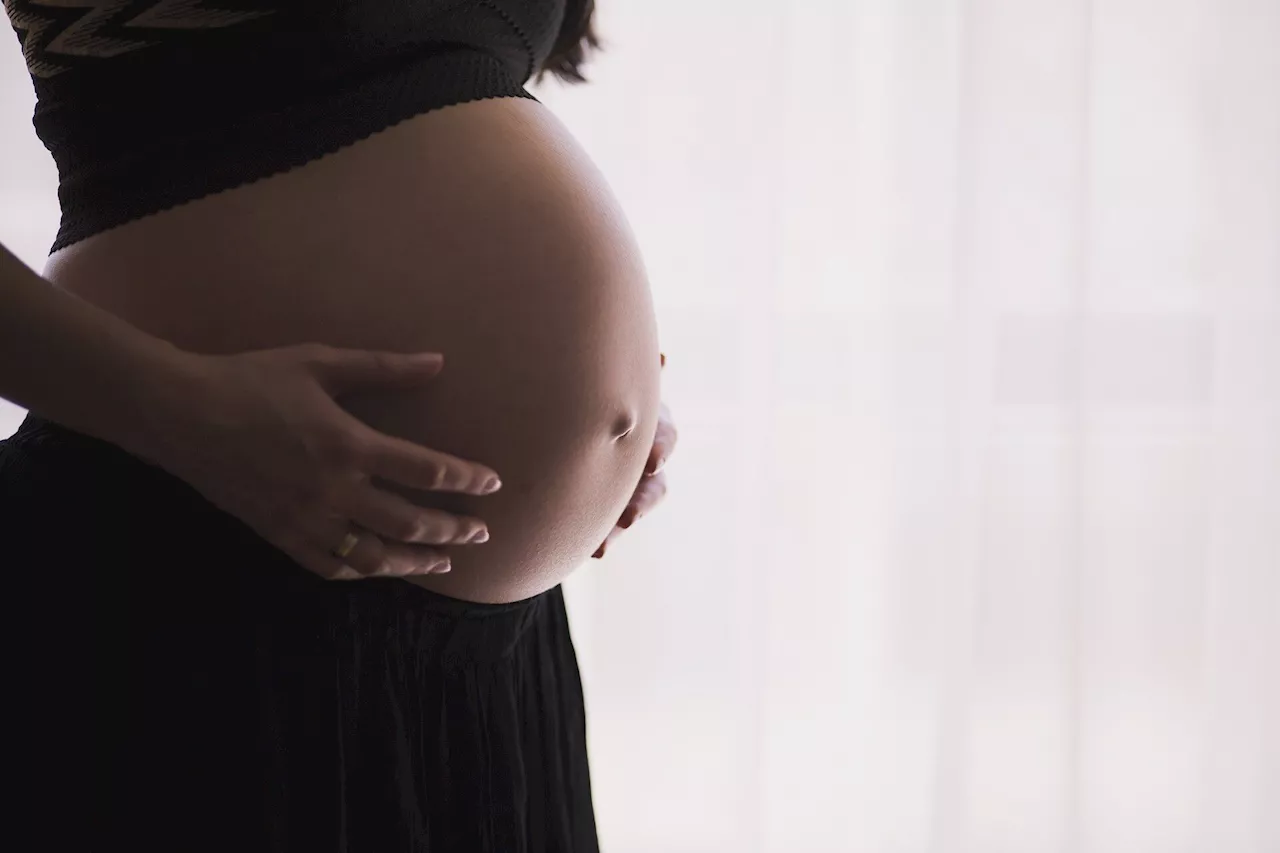 Study finds perineal cut reduces the risk of serious birth injuryIn first-time mothers requiring vacuum-assisted delivery, a lateral episiotomy (angled cut) in the tissue between the vaginal and anal opening more than halves the risk of obstetric anal sphincter injury, a severe form of perineal trauma between the vulva and anus.
Study finds perineal cut reduces the risk of serious birth injuryIn first-time mothers requiring vacuum-assisted delivery, a lateral episiotomy (angled cut) in the tissue between the vaginal and anal opening more than halves the risk of obstetric anal sphincter injury, a severe form of perineal trauma between the vulva and anus.
Read more »
